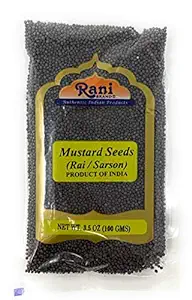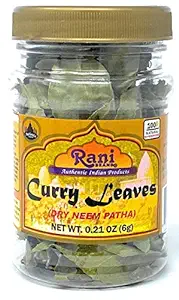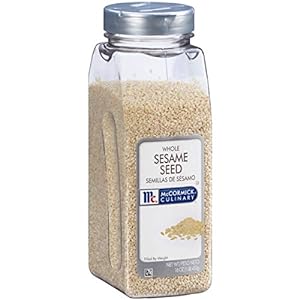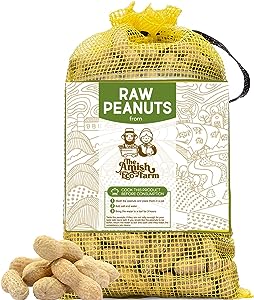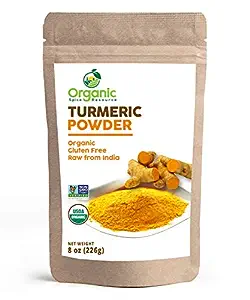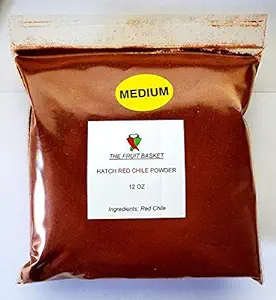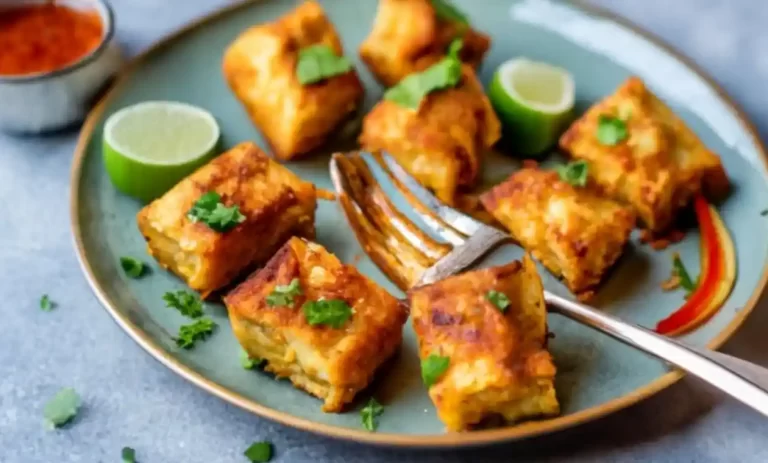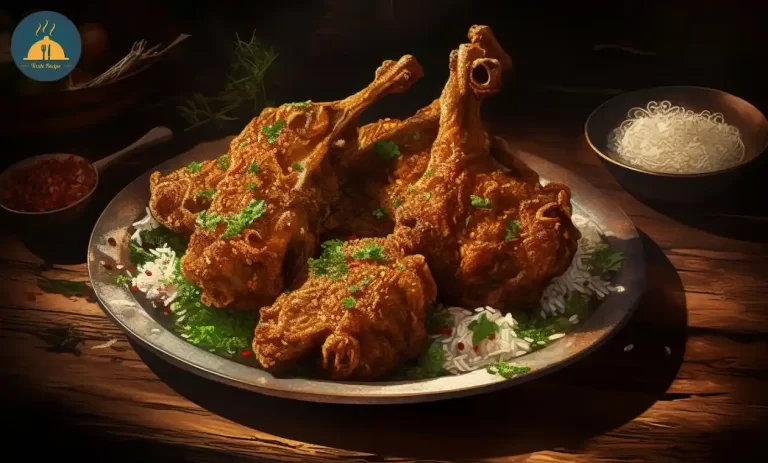Delicious Bagara Baingan Recipe | Culinary Wonders
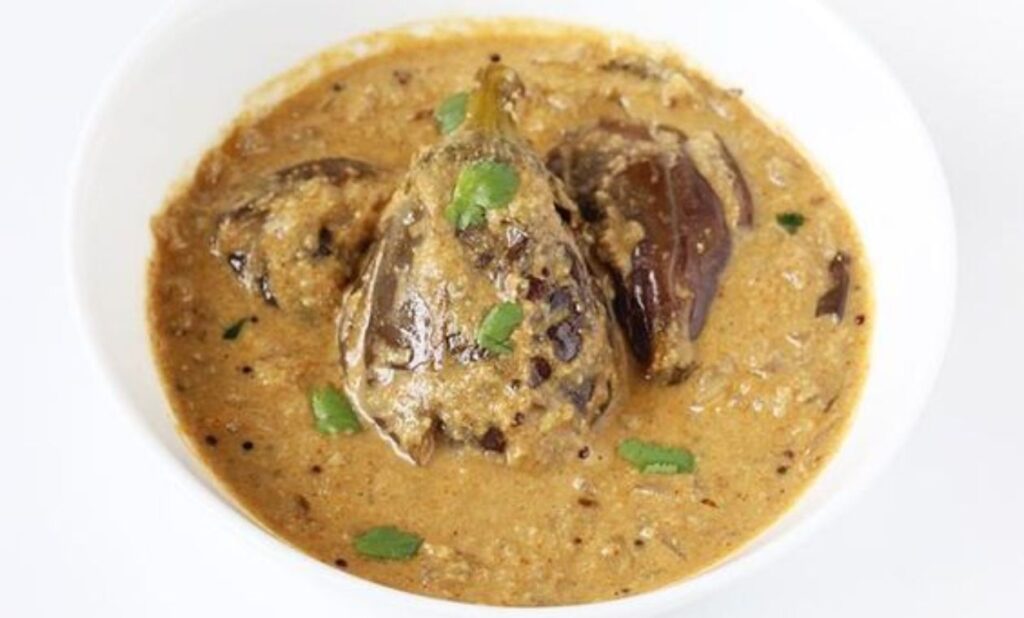
Bagara Baingan Recipe: A Tale of Traditions and Innovations
Bagara Baingan, a culinary gem hailing from the heart of India, is a dish that invites you on a journey of taste and tradition. This delectable creation combines tender baby eggplants with a symphony of aromatic spices, resulting in a dish that’s as rich in history as it is in flavor.
To truly appreciate Bagara Baingan, one must delve into its storied past. This dish finds its roots in the royal kitchens of Hyderabad, a city known for its regal cuisine. Dating back centuries, it was initially prepared for the Nizams, the erstwhile rulers of the region. The meticulous blend of spices in Bagara Baingan reflects the culinary finesse of the Nizams’ chefs, making it a beloved part of Indian gastronomy.
Now, imagine succulent baby eggplants, gently simmered in a fragrant, nutty gravy, and adorned with the warmth of spices like sesame, peanuts, and tamarind. Bagara Baingan isn’t just a dish; it’s an invitation to indulge in layers of complex flavors and a testament to the versatility of Indian cuisine.
The allure of Bagara Baingan lies not only in its tantalizing taste but also in its ability to evoke a sense of tradition and nostalgia. Whether you’re savoring it at a family gathering, a special occasion, or just as a comforting weeknight meal, this dish has the power to transport you to a different time and place.
In the following sections, we’ll explore the essence of Bagara Baingan, from its diverse styles to culinary tips and unique twists. Get ready to embark on a culinary adventure that celebrates the timeless beauty of Indian cooking.
Ingredients
Before embarking on your culinary journey to create the delightful Bagara Baingan, let’s start by gathering the essential ingredients:
- Baby eggplants (also known as brinjals or aubergines) – These small, tender eggplants are the star of the dish. They absorb the rich flavors of the gravy.
- Cooking oil – Typically, vegetable oil is used, but you can also opt for a healthier alternative like olive oil.
- Mustard seeds – These tiny seeds provide a mild, nutty flavor and add depth to the dish.
- Curry leaves – Fresh curry leaves infuse the dish with an aromatic, citrusy note.
- Sesame seeds – Toasted sesame seeds contribute a delightful nuttiness to the gravy.
- Peanuts – Roasted and ground peanuts lend a creamy texture and a subtle earthy taste.
- Tamarind pulp – Tamarind adds a sweet and tangy kick to the gravy, balancing the richness of the dish.
- Turmeric powder – A pinch of turmeric provides a warm, golden hue and a hint of earthy bitterness.
- Red chili powder – Adjust the amount to suit your spice tolerance, as it imparts a delightful kick to the dish.
- Salt – To season and enhance the flavors of the ingredients.
Now that we’ve gathered our ingredients, let’s move on to exploring the various styles in which you can prepare Bagara Baingan.
Traditional Style
The traditional style of Bagara Baingan is a culinary masterpiece that hails from the royal kitchens of Hyderabad. It’s a dish that epitomizes the rich and flavorful essence of South Indian cuisine. To prepare it in the traditional manner is to pay homage to the time-honored techniques and ingredients that have delighted generations.
In this style, the dish is all about precision and balance. The use of baby eggplants is essential, as their size and tenderness make them perfect for absorbing the flavors of the aromatic gravy. The dish is characterized by a harmonious blend of spices, a subtle nuttiness from sesame seeds and peanuts, and the perfect balance of sweet and tangy notes from tamarind.
Ingredients:
- Baby eggplants (approximately 250g)
- 2 tablespoons of cooking oil
- 1/2 teaspoon of mustard seeds
- A sprig of curry leaves
- 1 tablespoon of sesame seeds
- 2 tablespoons of peanuts (roasted and ground)
- 1 tablespoon of tamarind pulp
- 1/4 teaspoon of turmeric powder
- 1 teaspoon of red chili powder (adjust to taste)
- Salt to taste
Instructions:
- Begin by washing and patting dry the baby eggplants. Make two crosswise slits, keeping them attached to the stem.
- In a deep pan, heat the cooking oil over medium heat. Add mustard seeds and let them splutter.
- Add curry leaves, sesame seeds, and peanuts. Sauté until they turn golden brown.
- Stir in the tamarind pulp, turmeric powder, red chili powder, and salt. Cook this mixture until the oil starts to separate from the spices.
- Gently add the prepared baby eggplants, ensuring they are evenly coated with the spice mixture.
- Pour in a cup of water, cover the pan, and simmer on low heat until the eggplants are tender, typically about 15-20 minutes.
- Once the eggplants are cooked and the gravy has thickened, remove them from the heat.
- Serve hot, garnished with fresh coriander leaves if desired.
To truly appreciate the traditional style of Bagara Baingan, one must delve into the history of Hyderabad’s royal culinary traditions. This dish was once prepared exclusively for the Nizams, the monarchs of Hyderabad. It showcases the culinary brilliance of the royal kitchens, where spices were treated like treasures and the preparation of each dish was an art form.
Bagara Baingan remains an integral part of Hyderabadi cuisine, often gracing the tables at special occasions, weddings, and festivals. It is a testament to the cultural heritage and the blending of flavors that defines South Indian cooking.
The calorie content of traditional Bagara Baingan can vary depending on factors like portion size and the use of cooking oil. On average, a serving of traditional Bagara Baingan (approximately 200g) contains around 250-300 calories. This dish is typically served as a side dish in Indian meals, making it an excellent complement to other main courses.
The traditional style of Bagara Baingan is a culinary treasure that has stood the test of time, offering a delightful taste of history and culture with every bite.
Modern Twist
The modern twist on Bagara Baingan breathes new life into this classic dish, offering a fresh perspective while staying true to its roots. In this innovative variation, we infuse traditional flavors with contemporary cooking techniques and ingredients to create a delightful fusion of the old and the new.
Ingredient:
- Baby eggplants (approximately 250g)
- 2 tablespoons of olive oil (for a healthier option)
- 1/2 teaspoon of cumin seeds
- 1/2 cup of diced bell peppers (assorted colors for visual appeal)
- 2 cloves of garlic, minced
- 1-inch piece of ginger, grated
- 2 tablespoons of cashew paste (for creaminess)
- 1 tablespoon of tomato paste
- 1/4 teaspoon of smoked paprika (for a modern smoky flavor)
- 1/2 teaspoon of ground coriander
- Salt and black pepper to taste
- Fresh cilantro leaves for garnish
Instructions:
- Begin by washing and patting dry the baby eggplants. Make two crosswise slits, keeping them attached at the stem.
- In a skillet, heat olive oil over medium heat. Add cumin seeds and let them sizzle.
- Add diced bell peppers, minced garlic, and grated ginger. Sauté until the peppers are tender.
- Stir in cashew paste, tomato paste, smoked paprika, and ground coriander. Cook for a few minutes until the mixture thickens.
- Gently add the prepared baby eggplants, ensuring they are coated with the flavorful mixture.
- Pour in a cup of water, cover the skillet, and simmer on low heat until the eggplants are tender, typically about 15-20 minutes.
- Season with salt and black pepper to taste.
- Serve hot, garnished with fresh cilantro leaves.
What sets the modern twist on Bagara Baingan apart is the incorporation of contemporary elements. The addition of colorful bell peppers not only enhances the visual appeal but also brings a delightful crunch and sweetness to the dish. Cashew paste lends a creamy texture, elevating the overall richness.
The inclusion of smoked paprika infuses a subtle smokiness, offering a modern take on the traditional spice profile. This modern version beautifully combines the depth of traditional flavors with a touch of innovation.
The calorie content of the modern twist Bagara Baingan may vary depending on factors like portion size and the type and amount of cooking oil used. On average, a serving of this modern twist Bagara Baingan (approximately 200g) contains around 300-350 calories. It can be served as a stand-alone dish or as part of a contemporary Indian meal.
This modern interpretation of Bagara Baingan reimagines a classic, offering a harmonious blend of tradition and innovation on your plate.
Taste Recipe’s Special Recipe
At Taste Recipe, we pride ourselves on crafting culinary experiences that are both extraordinary and memorable. Our Special Recipe for Bagara Baingan is a testament to our commitment to innovation while honoring the rich traditions of Indian cuisine.
Ingredients:
- Baby eggplants (approximately 250g)
- 2 tablespoons of ghee (clarified butter) for a luxurious touch
- 1/2 teaspoon of fennel seeds
- 1/2 teaspoon of cinnamon powder
- 1/4 teaspoon of cardamom powder
- 1/4 teaspoon of saffron threads (soaked in warm milk for a vibrant color and aroma)
- 1/2 cup of yogurt (for creaminess)
- 1 tablespoon of honey (for a hint of sweetness)
- 1/4 cup of slivered almonds and pistachios (for garnish)
- Salt to taste
- Fresh mint leaves for garnish
Instructions:
- Begin by washing and patting dry the baby eggplants. Make two crosswise slits, keeping them attached at the stem.
- In a deep pan, heat ghee over medium heat. Add fennel seeds and let them release their aroma.
- Gently add the baby eggplants and sauté until they turn golden brown.
- Sprinkle cinnamon powder and cardamom powder over the eggplants, and stir gently.
- Pour in the saffron-infused milk, followed by yogurt and honey. Stir well to create a rich, creamy gravy.
- Cover the pan and simmer on low heat until the eggplants are tender, typically about 20-25 minutes.
- Season with salt to taste.
- Serve hot, garnished with slivered almonds, pistachios, and fresh mint leaves.
Our Special Recipe for Bagara Baingan takes this classic dish to a whole new level of indulgence. We’ve infused it with the warmth of ghee, the subtle sweetness of honey, and the aromatic richness of saffron, creating a dish fit for royalty.
The use of fennel seeds adds a unique earthy sweetness, while the combination of cinnamon and cardamom imparts a fragrant complexity that dances on the taste buds. Slivered almonds and pistachios not only add a delightful crunch but also elevate the dish’s visual appeal.
This special recipe is a testament to our passion for reimagining traditional dishes, infusing them with a touch of luxury and creativity.
Our Recommended Ingredients
Mustard Seeds
Mustard seeds are small, flavorful seeds that add a delightful zing to your dishes. They are a staple in Indian cuisine, known for their unique tangy and slightly spicy taste. These tiny seeds are a must-have in your spice collection.
Curry leaves
Curry leaves are aromatic leaves with a citrusy and slightly nutty flavor. They are a vital ingredient in South Indian cooking, adding a burst of freshness to your curries and rice dishes. A handful of these leaves can transform an ordinary dish into a flavor-packed delight.
Sesame seeds
Sesame seeds are tiny powerhouses of nuttiness and crunch. Whether you’re using them for garnish or as a base for tahini, these seeds bring a unique texture and flavor to your dishes. They’re a versatile addition to both sweet and savory recipes.
Peanuts
Peanuts are not just a popular snack; they’re also fantastic in cooking. Roasted and ground, they add creaminess and a subtle nutty flavor to dishes like Bagara Baingan. These versatile nuts are a kitchen essential.
Turmeric powder
Turmeric powder is known for its vibrant golden color and earthy, slightly bitter flavor. It’s a cornerstone of Indian cuisine and provides not only color but also depth of taste. A pinch of turmeric can transform a dish.
Red chili powder
Red chili powder adds the fiery kick that many crave in their dishes. It ranges from mild to hot, allowing you to control the spice level of your recipes. A little goes a long way in adding bold flavor.
Tips and Recommendations
Bagara Baingan, with its complex flavors and rich history, can be a delightful culinary adventure. Here are some tips and techniques to ensure your journey to creating this dish is a success:
- Choosing Baby Eggplants: Opt for small, tender baby eggplants for the best results. Their size allows them to absorb the flavors of the gravy, creating a harmonious taste.
- Slit the Eggplants: When preparing the eggplants, make two crosswise slits while keeping them attached at the stem. This allows the flavors to penetrate and ensures even cooking.
- Sautéing Spices: When tempering spices like mustard seeds and cumin, make sure the oil is hot but not smoking. This helps release their flavors without burning them.
- Balancing Tamarind: Adjust the amount of tamarind pulp to your taste. Tamarind adds a sweet and tangy note, so you can increase or decrease it to achieve your preferred level of tartness.
- Simmer Slowly: Bagara Baingan is all about slow cooking. Simmer the dish on low heat to allow the eggplants to become tender and absorb the flavors of the gravy.
Exploring variations and substitutions can make Bagara Baingan even more exciting. Here are some ideas:
- Vegan Version: For a vegan twist, replace ghee with vegetable oil and yogurt with dairy-free yogurt. You can also use plant-based milk for saffron soaking.
- Nut-Free: If you have nut allergies, skip the peanuts and use almond or cashew alternatives to achieve creaminess.
- Spice Level: Adjust the red chili powder to your desired level of spiciness. For a milder version, reduce the amount or use a mild chili powder.
To complete your Bagara Baingan experience, consider these ideal side dishes and accompaniments:
- Steamed Basmati Rice: Bagara Baingan pairs wonderfully with fragrant, fluffy basmati rice. The rice’s mild flavor complements the rich and spicy gravy.
- Indian Breads: Roti, naan, or paratha are excellent choices to scoop up the delicious gravy. Their slightly chewy texture is a delightful contrast to the tender eggplants.
- Raita: A cooling cucumber or mint raita can balance the spiciness of Bagara Baingan and provide a refreshing contrast.
- Pickles and Chutneys: Indian pickles, like mango or lime pickle, and chutneys, such as mint or tamarind, can add exciting flavors to your meal.
- Salad: A simple cucumber and tomato salad with a dash of lemon juice and fresh coriander can provide a refreshing crunch.
By following these tips, experimenting with variations, and pairing Bagara Baingan with the right accompaniments, you can create a memorable dining experience that pays homage to tradition while embracing innovation.
In Crux
In this culinary exploration of Bagara Baingan, we’ve journeyed through time and flavor to uncover the essence of this exquisite dish. We started by introducing Bagara Baingan, a dish that encapsulates the rich tapestry of Indian cuisine.
Its historical significance dates back to the royal kitchens of Hyderabad, where it was crafted for the discerning palates of the Nizams.
We delved into the heart of Bagara Baingan by listing the essential ingredients and offering insights into their roles in creating the dish’s complexity.
We presented two distinctive styles: the traditional rendition, steeped in history and tradition, and the modern twist that fuses innovation with heritage.
Our very own Taste Recipe’s Special Bagara Baingan brought a touch of luxury and creativity to your plate.
To enhance your culinary journey, we provided invaluable tips and techniques, guiding you through the intricate steps of creating this masterpiece.
We suggested ingredient substitutions and variations to suit your preferences, ensuring Bagara Baingan remains a versatile addition to your repertoire.
And, of course, we recommended ideal side dishes and accompaniments to complete your dining experience.
Now, it’s your turn to embrace the magic of Bagara Baingan. We encourage you to step into the kitchen with confidence, armed with the knowledge and inspiration you’ve gained from this blog.
Whether you choose the traditional style, the modern twist, or our very own Taste Recipe’s Special Recipe, the result is sure to be a culinary masterpiece.
As you embark on your Bagara Baingan adventure, don’t forget to share your experiences with us. We’d love to hear your stories, see your creations, and learn how this dish has become a part of your culinary journey.
Your feedback and experiences are what make the world of cooking so rich and diverse.
In closing, Bagara Baingan isn’t just a dish; it’s a testament to the timelessness of Indian cuisine, where tradition and innovation coexist harmoniously.
We hope this blog has ignited your passion for cooking and inspired you to savor the flavors of this remarkable dish.
Thank you for joining us on this gastronomic voyage. Happy cooking, and may your Bagara Baingan creations be filled with love and flavor!
FAQs about Bagara Baingan
What are the key ingredients for Bagara Baingan?
The essential ingredients for Bagara Baingan include baby eggplants, cooking oil, mustard seeds, curry leaves, sesame seeds, peanuts, tamarind pulp, turmeric powder, red chili powder, and salt. These ingredients come together to create a flavorful and aromatic dish.
What makes Bagara Baingan unique compared to other Indian dishes?
Bagara Baingan stands out for its delicate baby eggplants, which absorb the rich flavors of the gravy. It's also known for its diverse blend of spices, including sesame seeds, peanuts, and tamarind, which create a complex and balanced taste profile.
Can I make Bagara Baingan in a vegan or vegetarian version?
Yes, Bagara Baingan can be prepared in both vegan and vegetarian versions. To make it vegan, substitute ghee with vegetable oil, and use dairy-free yogurt. You can also make it purely vegetarian by using regular yogurt.
What's the significance of the different styles of Bagara Baingan mentioned in the blog?
The different styles of Bagara Baingan, such as the traditional, modern twist, and Taste Recipe's special version, showcase the dish's versatility and adaptability. Each style offers a unique interpretation of this classic dish, catering to different tastes and preferences.
How do I adjust the spice level in Bagara Baingan to suit my taste?
You can adjust the spice level by varying the amount of red chili powder used in the recipe. Start with a smaller amount if you prefer it milder and gradually increase it to your desired level of spiciness.
What are some ideal side dishes to serve with Bagara Baingan?
Bagara Baingan pairs wonderfully with steamed basmati rice, Indian breads like roti or naan, cucumber or mint raita, pickles, and salads. These side dishes complement the rich flavors of Bagara Baingan.
What's the calorie content of Bagara Baingan?
The calorie content of Bagara Baingan can vary based on portion size and ingredients used. On average, a serving of Bagara Baingan (approximately 200g) contains around 250-350 calories.
How can I share my Bagara Baingan cooking experiences with you?
We'd love to hear about your Bagara Baingan adventures! You can share your experiences, photos, and feedback with us through our website or social media channels. Your culinary journey is what makes the world of cooking so vibrant and inspiring.

